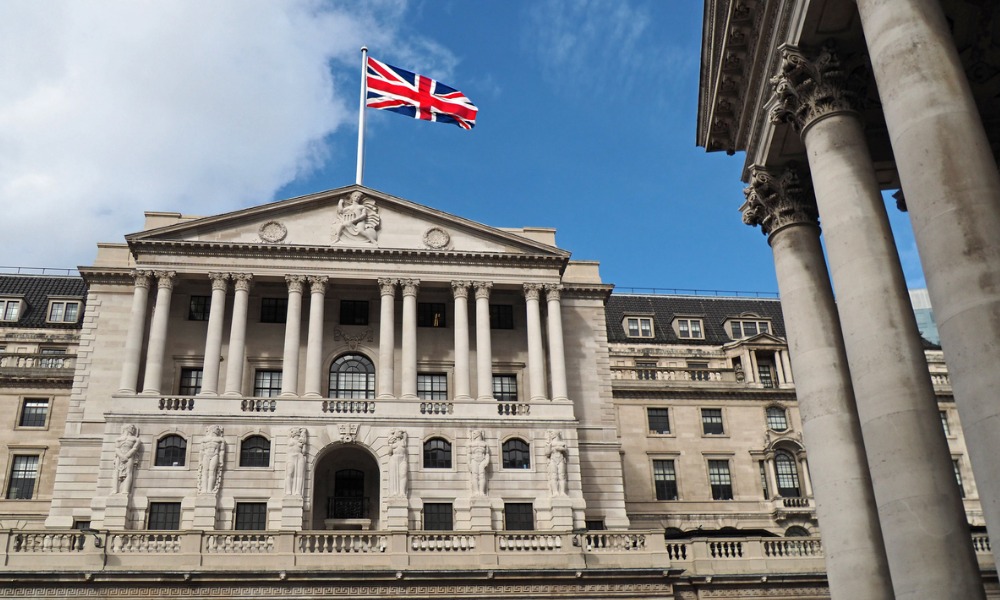Rate cuts, more demand both predicted by new Bank of England report

Although reports this morning point to upwards pressure on interest rates (UK 10-year bonds have hit a 10-year high over fears raised by Rachel Reeves’ upcoming budget) the Bank of England’s latest data predicts we should see a boost in remortgage activity over the rest of the year.
According to the report, in the third quarter of 2024, the UK saw a shift in credit conditions, particularly in the mortgage sector. In the Bank of England’s latest Credit Conditions Survey, the availability of secured credit for households increased slightly during this period. However, despite the availability of credit improving, there was a concerning rise in mortgage defaults.
Mortgage defaults increased significantly in Q3 2024, and lenders are anticipating a further rise in defaults through the rest of this year. This trend reflects the growing financial strain on households, even as the overall availability of secured credit remains stable. The widening of spreads (the difference between interest rates offered to borrowers and market rates) for secured loans in Q3 indicates that lenders may be taking a cautious approach due to these rising default rates.
The demand for secured loans for home purchases has been pretty steady during this quarter, though in good news, the Bank survey expects those numbers to increase in Q4. In contrast, the demand for remortgaging saw a decline, with lenders forecasting a recovery in the next quarter. The rise in mortgage defaults despite stable demand suggests that existing homeowners are feeling the financial pinch, possibly due to the lingering impact of high inflation and fluctuating interest rates.
Unsecured lending saw modest growth in Q3, with a slight increase in overall availability. However, this rise in unsecured credit did not translate into higher defaults, as the rates for unsecured loans showed a slight decrease during the same period. This stability suggests that, while households may be struggling with mortgage payments, unsecured debt like personal loans and credit cards have not yet seen a parallel rise in defaults.
Overall, the rise in mortgage defaults highlights the fragility of the current economic environment, even as other areas of credit remain stable or show modest growth. The Bank of England’s outlook for Q4 anticipates further challenges, with lenders remaining cautious and spreads expected to narrow only slightly as the market stabilizes.
Report Highlights:
- Availability of Credit:
- Secured Credit: There was an increase in the availability of secured credit for households during Q3 2024, but it is expected to remain stable for Q4.
- Unsecured Credit: Lenders reported a slight increase in unsecured credit, with expectations for further growth in Q4.
- Corporate Lending: Credit availability for small businesses stayed the same, while it slightly increased for medium and large enterprises.
- Demand for Credit:
- Secured Loans: Demand for secured loans related to house purchases remained unchanged in Q3 but is expected to rise in Q4. Remortgaging demand, which fell in Q3, is also forecasted to grow in the upcoming quarter.
- Unsecured Loans: The overall demand for unsecured loans held steady in Q3, but a slight decline is expected in Q4, especially in credit card lending. Other forms of unsecured borrowing showed growth.
- Corporate Lending: Business demand for loans remained flat across all business sizes in Q3, with small businesses expected to see a slight decline in Q4, while medium and large firms anticipate growth.
- Loan Pricing and Defaults:
- Pricing: There was a slight widening of spreads for secured loans to households in Q3, with expectations they might narrow in Q4. For unsecured loans, lenders predict wider spreads.
- Defaults: Default rates for secured loans rose in Q3 and are forecasted to continue increasing in Q4. Unsecured loan defaults showed a slight decrease, expected to stabilize in the next quarter.



